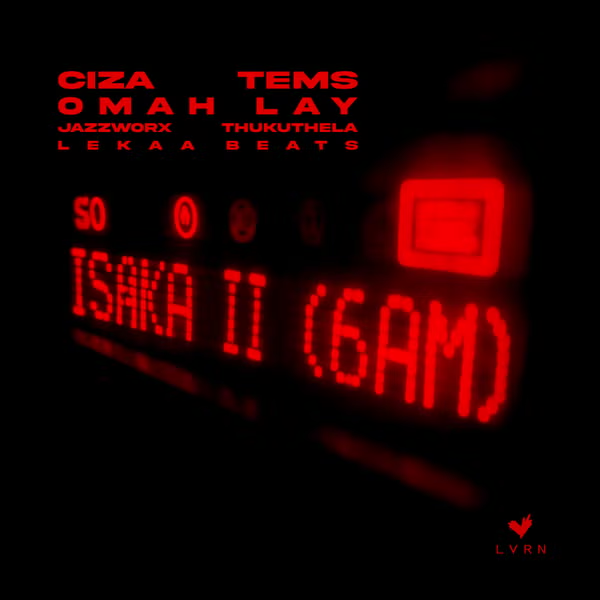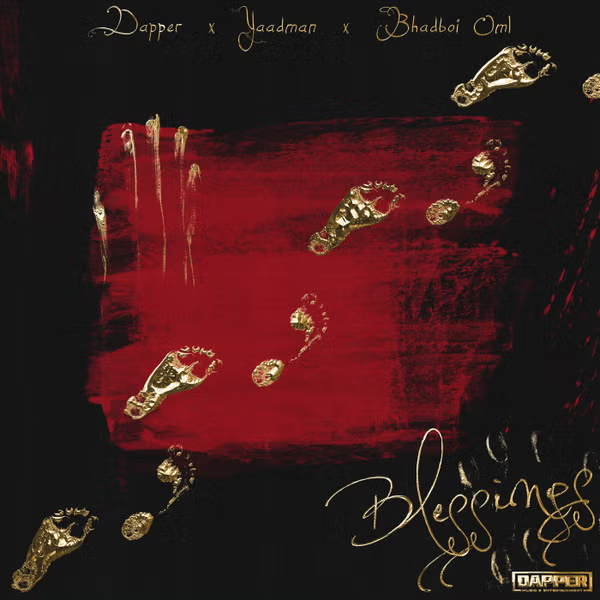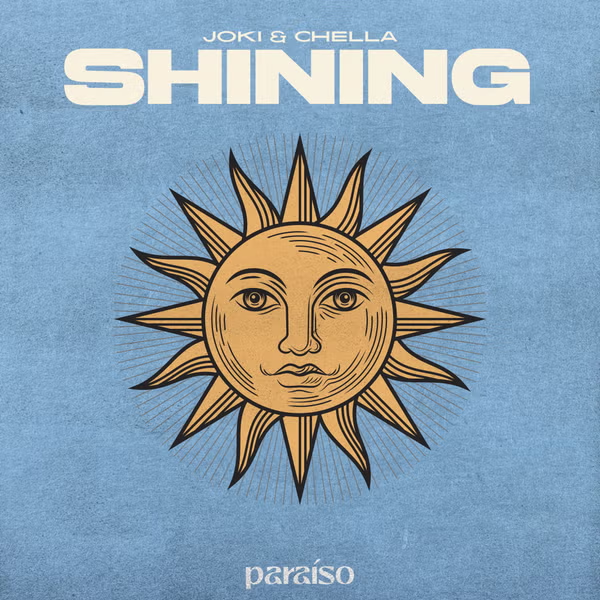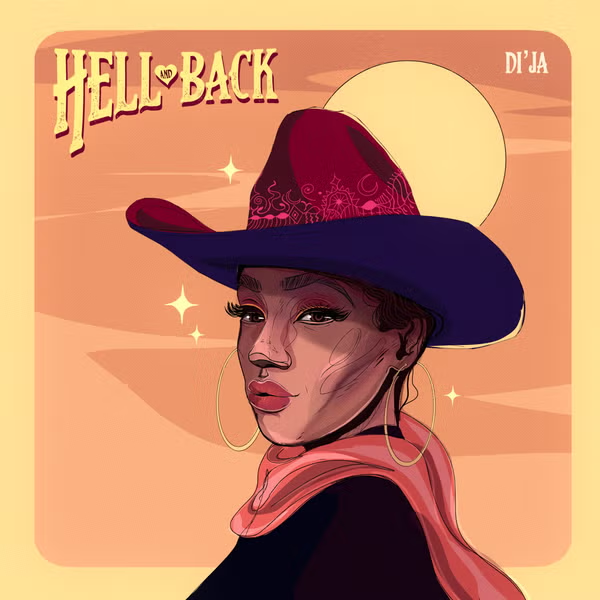It is not strange that some tribes practice endocannibalism in the past, that is feasting on dead bodies. Endocannibalism is the pratice of eating the flesh of a dead person from the same community, tribe, or society. Some South American tribes like the Mayoruna people eat dead people.
The Amahuaca Indians of Peru picked particles of bone out of the ashes of a cremation fire, ground them with corn, and drank as a kind of gruel.
For the Wari’ people in western Brazil, endocannibalism was an act of compassion where the roasted remains of fellow Wari’ were consumed in a mortuary setting; ideally, the affines would consume the entire corpse, and rejecting the practice would be offensive to the direct family members.
Ya̧nomamö consumed the ground-up bones and ashes of cremated kinsmen in an act of mourning; this is still classified as endocannibalism, although, strictly speaking, “flesh” is not eaten.
Such practices were generally not believed to have been driven by the need for protein or other food. The Yanomami tribe in South America are also known as Yanam or Senema are found in Venezuela and parts of Brazil.
This tribe is not easily influenced by modernization or westernization but rather still practice their culture. This tribe has a weird burial ritual akin to cannibalism called Endocannibalism. Endocannibalism is the practice of eating the flesh of a dead person from the same community, tribe, or society.
There are so many bizarre cultures in the world so difficult to understand but still interesting enough to capture the interest of other people in its controversy.
The Yanomami tribe in South America are also known as Yanam or Senema are found in Venezuela and parts of Brazil. This tribe is not easily influenced by modernization or westernization but rather still practice their culture.
This tribe has a weird burial ritual akin to cannibalism called Endocannibalism.
The Yanomami are a native tribe that believes that the soul needs to be protected after the body dies. They believe that the soul can only rest properly and make its transition only when the body has been burned and the body eaten by the living relatives.
Unlike the conventional burial ceremony of interment, this native Indian tribe burn the body of the dead person and paint their faces with the grime from the burnt body.
They sing and cry to express their grief over the loss of the relative. In the second phase of the burial, they gather the bones remaining from burning the bodies and turn them into powder mixing it with the ashes from the burnt bodies.
They mix this into banana which is used to make banana soup, a local delicacy common to this tribe and give it to everybody to eat. They believe that completing this burial ritual is the only way the soul can attain eternal peace.
























